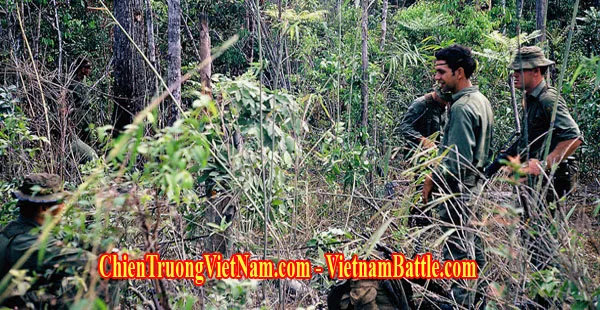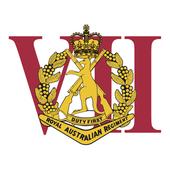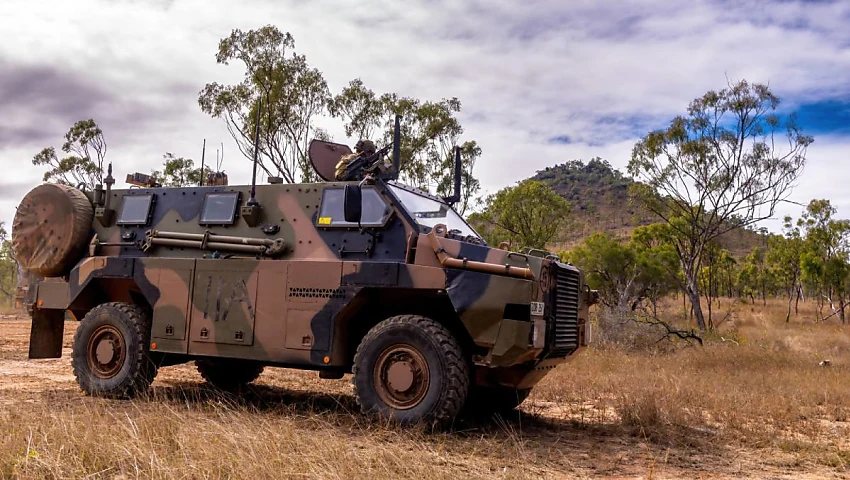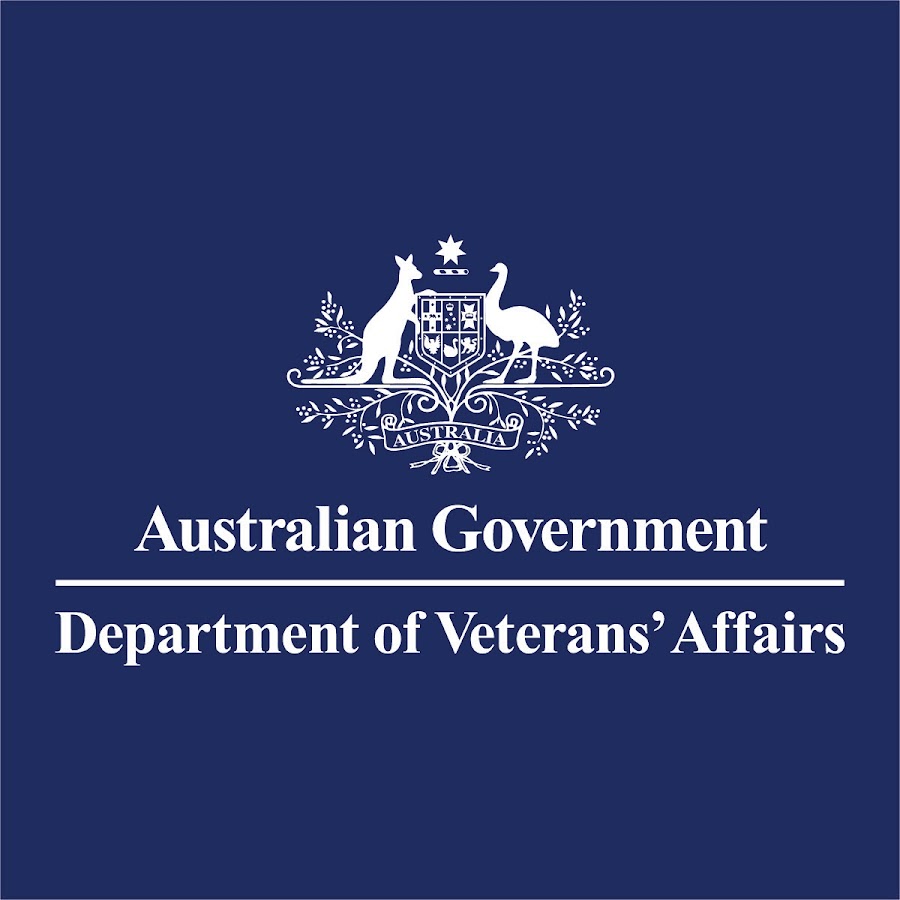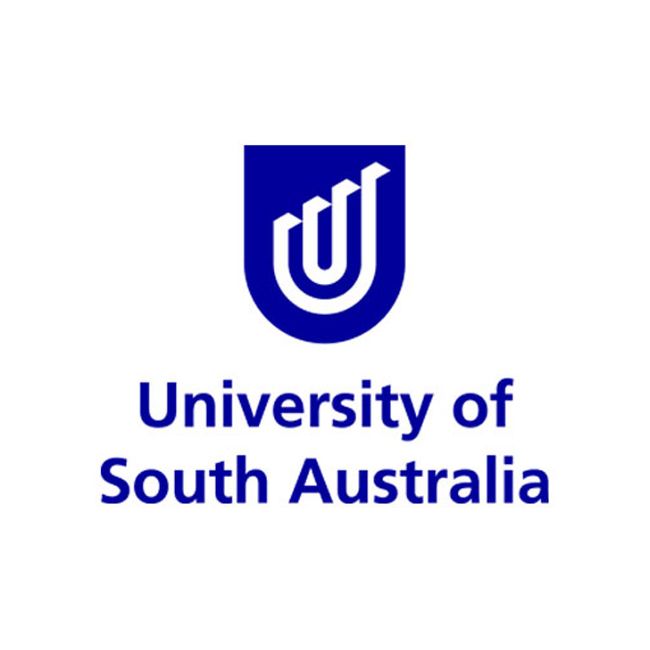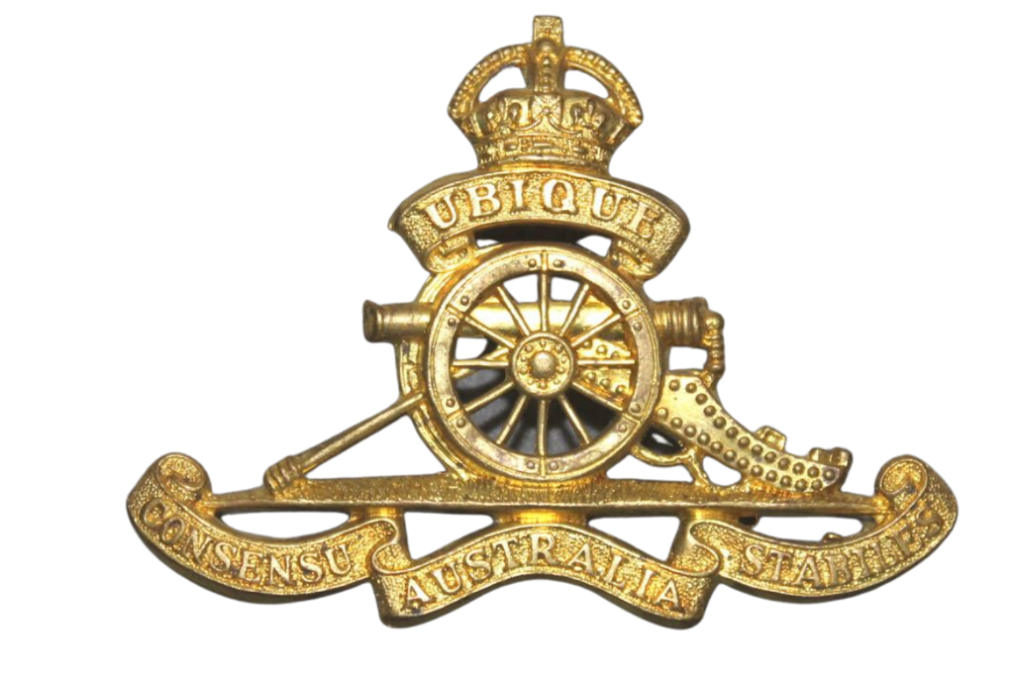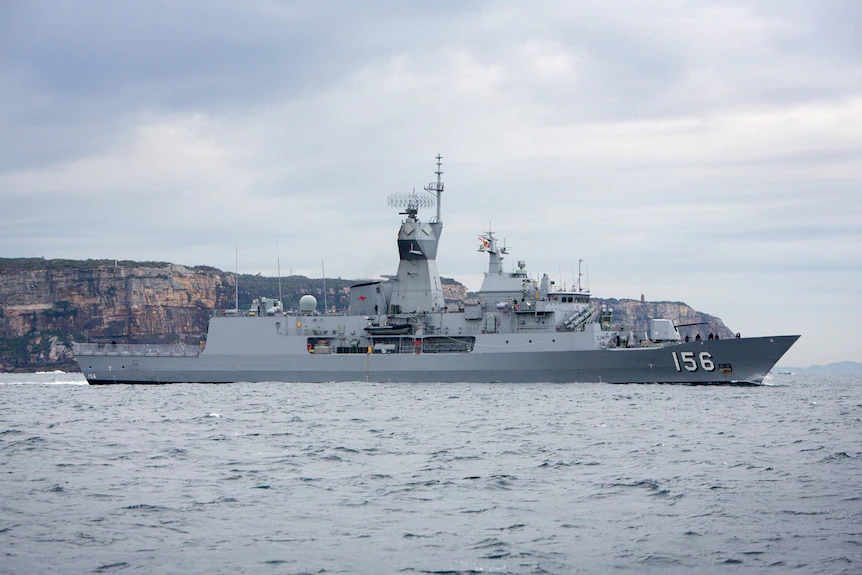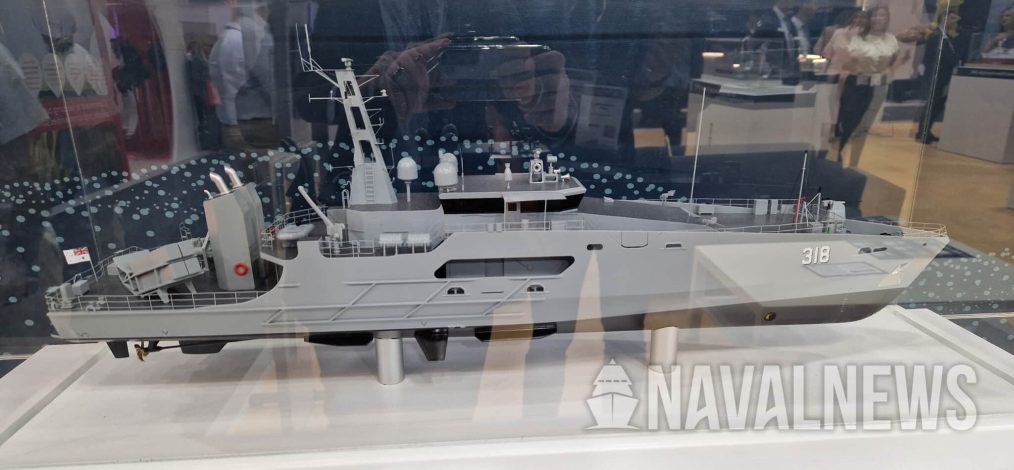ED: Further information on this post is provided by Ernie Chamberlain.
A Vietnamese communist account of the Battle of Suoi Pha can be found on the “independent” Vietnamese “chien tranh” website – see: https://chientruongvietnam.com/2018/01/22/tran-suoi-chau-pha-battle-chau-pha-1967/ .
An English-language translation can be sourced from Ernie Chamberlain – eg: … …
Alpha Company 7RAR – under the command of Major Ewart O’Donnell deployed and swept the Hát Dich region from 3 August. At 10.40hrs on 6 August, they were 10 kilometres to the east of Phú My and within the Suoi Châu Pha area without having been discovered. The Australian troops found a track and laid an ambush. A few minutes later, two Liberation Force soldiers moving along the track were killed – and the Australian troops moved to wipe out the following Liberation Force troops who returned fire fiercely. Alpha Company was in a dangerous situation.
O’Donnell asked Lieutenant Rod Smith – commanding 1 Platoon, to attack the Liberation Forces from the flank, but they struck fierce resistance. Heavy rain began to fall. The Liberation Forces employed “close-in” tactics to lessen the effectiveness of the American fire support. Lieutenant Neville Clark – the artillery forward observer, had to call for artillery support to within 50 metres of the Australian troops to relieve the pressure on Alpha Company. As a result, that fire support allowed the Australian to seize the advantage.
At 14.30hrs, the Liberation Forces withdrew. Documents seized by the Australians showed that the Liberation Forces belonged to C12 Company of the 274 Regiment’s 3rd Battalion – together with a reconnaissance platoon and a number of local troops.
The next day, the Australian forces discovered a Liberation Forces camp about 900 metres from that engagement – and they guessed that C12 Company and a number of other elements that had fought so bravely in order to block the Australians and allow the other units in the camp to escape their assault.
Five Australian soldiers were killed in the Battle of the Suoi Châu Pha and one was wounded seriously and also died. 20 others were wounded. Liberation Force casualties are not clear – but five were killed at the site, including a platoon commander, and the Australians seized a machine-gun, a 40mm grenade launcher, and three AK-47s. The following day, the Australian troops destroyed a battalion-sized camp and bunker system – with a large quantity of rice and medical supplies. … ”

